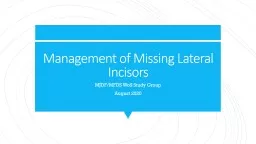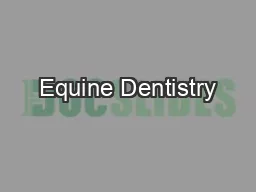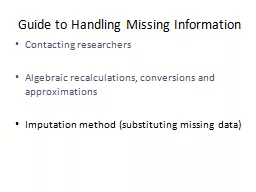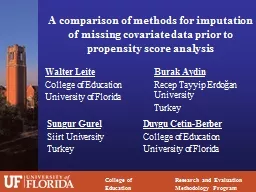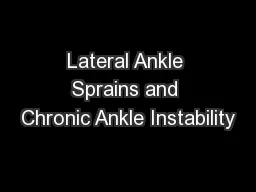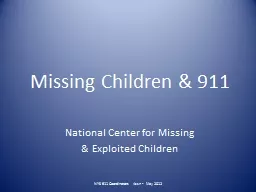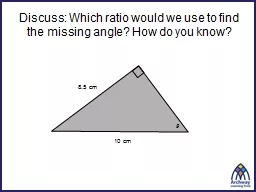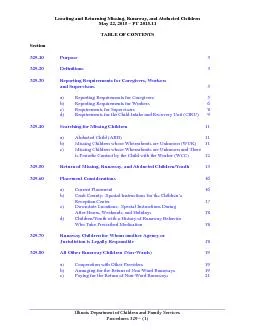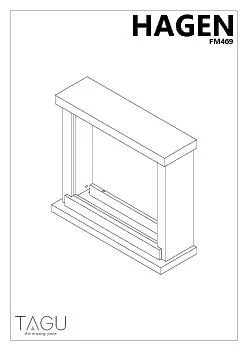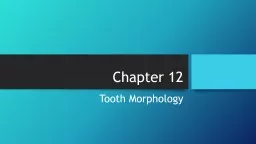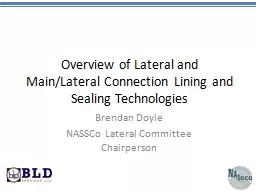PPT-Management of Missing Lateral Incisors
Author : SkylineBabe | Published Date : 2022-08-04
MJDFMFDS WoS Study Group August 2020 Aetiology Missing maxillary incisors 12 in Caucasian population Represent 20 of all missing permanent teeth More common in
Presentation Embed Code
Download Presentation
Download Presentation The PPT/PDF document "Management of Missing Lateral Incisors" is the property of its rightful owner. Permission is granted to download and print the materials on this website for personal, non-commercial use only, and to display it on your personal computer provided you do not modify the materials and that you retain all copyright notices contained in the materials. By downloading content from our website, you accept the terms of this agreement.
Management of Missing Lateral Incisors: Transcript
Download Rules Of Document
"Management of Missing Lateral Incisors"The content belongs to its owner. You may download and print it for personal use, without modification, and keep all copyright notices. By downloading, you agree to these terms.
Related Documents

